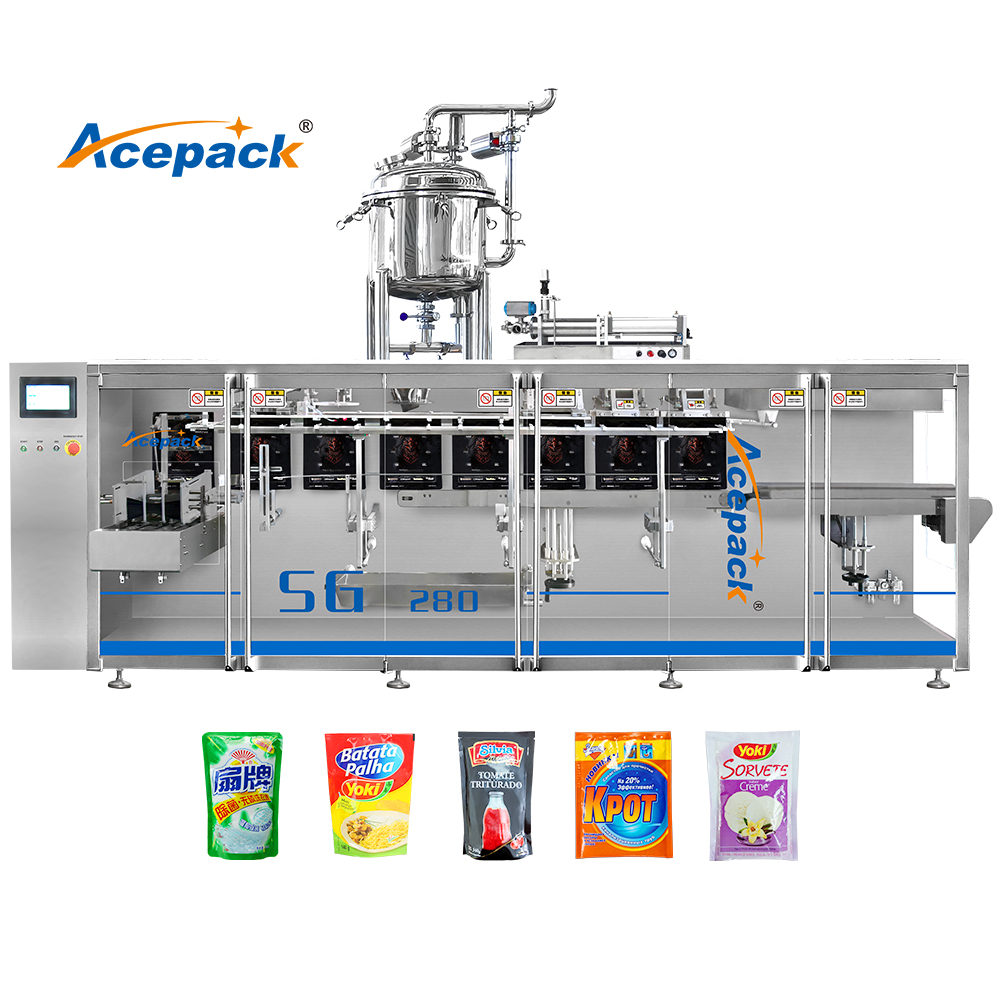In the vast landscape of packaging machinery, two prominent types stand out: Form-Fill-Seal (FFS) bagging machines and horizontal packaging machines. Both serve crucial roles in automating the packaging process, but they cater to different needs and offer distinct advantages. Understanding their differences is crucial for businesses seeking to optimize their packaging operations.

Form-Fill-Seal (FFS) Bagging Machines: A Tailored Approach
FFS bagging machines are designed for versatility and efficiency, particularly in creating custom-sized bags on demand. These machines automate the entire packaging cycle—forming the bag, filling it with product, and sealing it—all in one seamless process. A key advantage of FFS machines is their ability to handle a wide range of product types, from liquids and powders to semi-solids and granular materials.
One significant benefit of FFS technology is reduced material waste. Since each bag is formed to the exact size required for the product, there's minimal excess packaging material. This not only cuts down on costs but also aligns with environmental sustainability efforts. Moreover, FFS machines can often incorporate features like zippers, valves, or tear notches, enhancing the convenience and functionality of the final package.
However, FFS machines may have limitations in terms of speed, especially when compared to some high-speed horizontal packaging lines. They are also typically more complex, requiring regular maintenance and potentially higher initial investments.
Horizontal Packaging Machines: High-Speed Efficiency
Horizontal packaging machines, on the other hand, excel in high-volume production environments. These machines are engineered for rapid, continuous packaging, ideal for products that need to be packaged in large quantities and at fast speeds. Horizontal form-fill-seal machines often use pre-made packaging film, which can streamline the process further by eliminating the need for on-the-fly bag formation.
The horizontal orientation allows for better handling of larger, heavier, or more fragile products, ensuring minimal damage during packaging. Additionally, these machines can often be integrated with advanced automation systems, such as robotics, for increased precision and efficiency. Horizontal packaging lines are also known for their flexibility in terms of package formats, including pillow packs, stand-up pouches, and more.
While horizontal packaging machines offer impressive throughput, they may require more space for installation and operation. They also typically use more packaging material per unit, which can be a consideration for cost and sustainability.
Conclusion
In summary, the choice between FFS bagging machines and horizontal packaging machines hinges on several factors, including production volume, product type, and packaging requirements. FFS machines provide versatility and reduced waste, making them ideal for smaller-scale or varied product lines. Horizontal packaging machines, with their high-speed capabilities and robust handling, are better suited for large-scale, high-volume operations. Understanding these differences can help businesses make informed decisions to optimize their packaging processes and drive operational success.



